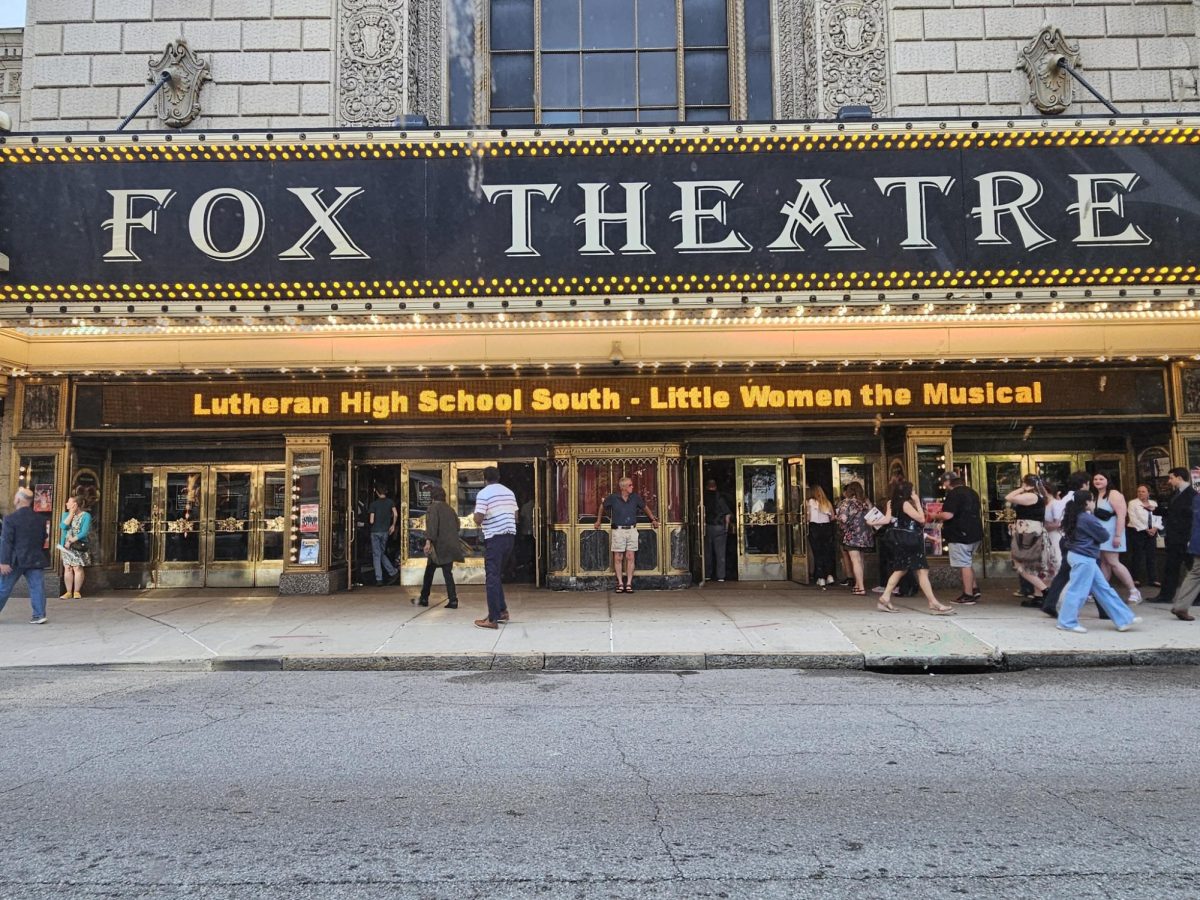With January ridership down and some bus routes being eliminated March 30, Metro transit agency officials hope by July to temporarily restore one-third of those routes with a proposed $12 million in federal congestion funds.
The funding needs the approval of the East-West Gateway Council of Governments, the Federal Transit Administration and the Federal Highway Administration. If approved, Metro could use those funds only for bus routes, all of which will be cut outside the Interstate 270 loop in south and west county on March 30.
Metro officials last week said those funds could by July restore bus routes to St. Anthony’s Medical Center in Concord, nursing homes outside I-270, the Chesterfield Commons mall and parts of downtown St. Louis.
With service reductions looming, Metro officials also last week revealed that January systemwide ridership dropped 8.7 percent compared to January 2008.
MetroBus ridership in January was down 9.67 percent compared to January 2008 while MetroLink light-rail ridership was down 6.61 percent.
Metro Director of Communications Dianne Williams attributed the ridership to several factors, including Metro fare increases that went into effect Jan. 1.
“January of last year, there were lots of events and weather was better,” she said. “January this year, there was less going on downtown and we had some ice days and extreme cold days. There is likely some impact in the economy. Fewer people are working. The fare increase is likely to also be having an impact. But because of all the other things that went on in January, one month does not a trend make. So we can’t quite talk about trends yet. But January was an unusual month because every other month is up (in comparison from 2007 to 2008).”
Williams also said some of the ridership decline is a result of people preparing for the March 30 bus-route elimination outside I-270.
“Companies that we’re talking to have employees already leaving them to take different jobs inside the 270 corridor,” she said. “People are making choices. And people who are preparing early (for the March 30 route closings) are doing just that.”
Faced with a mounting deficit, the Metro Board of Commissioners in December approved substantial service cuts, including the elimination of 553 of the transit agency’s 2,365 employee positions.
The board voted unanimously in favor of $35.7 million in transit cuts, the deferral of $10.9 million in non-immediate expenses and the reduction of $3.4 million in administrative costs to help offset a projected $50 million deficit in fiscal 2010.
With these cuts, Metro officials estimate that the agency should operate without a deficit until June 30, 2010.
But officials also projected a 2009 ridership loss of 9.5 million passengers of the 52 million passengers it would expect to serve if service levels were not cut.
Beginning March 30, Metro’s buses and Call-A-Ride vans no longer will run in south and west county outside the I-270 loop. MetroBus service will be eliminated 43 percent, including the closing of 15 express routes and other routes either consolidated or shortened.
With no bus service outside I-270 in south and west county, north county residents outside I-270 will have limited bus service.
Metro officials said north county has a greater transit need than south and west county. Metro Call-A-Ride van service to disabled riders will be reduced 15 percent.
Metro officials said this reduction is needed because the paratransit service operates within the same areas already serviced by fixed-route bus service.
MetroLink light-rail train service will be eliminated 32 percent by running those trains less often. Outside peak hours, the Shrewsbury line will convert into a shuttle connecting to the eastbound line from Lambert-St. Louis International Airport at the Forest Park station. Additionally, no extra trains will be offered for special events in Missouri.
Among all of the approved cuts, Metro availability will decrease slightly in the city of St. Louis, but dramatically drop in St. Louis County.
While 98 percent of city residents will have Metro service within one-quarter of a mile from their homes, 58 percent of county residents will have service that near as of March 30. More than 93 percent of county residents currently have Metro service within one-quarter of a mile of their homes.
And while Metro service will be within one-quarter of a mile from 99 percent of city jobs, 71 percent of county jobs would have that service availability.
The decrease in service also comes with increased ridership costs that were effective Jan. 1. The Metro board in November approved the first in a series of fare increases to raise roughly an additional $7.2 million next year to help combat projected 2010 deficits.
MetroLink one-way fares increased from $2 to $2.25 on Jan. 1 while MetroBus one-way fares jumped from $1.75 to $2.
While Metro fares increased by 25 cents per one-way trip Jan. 1, they also will jump an additional 25 cents July 1, 2010.
Metro officials estimate that the 25-cent fare increase plus requiring passes will generate an additional $7.2 million with a total ridership of 53.2 million people. The additional 25-cent increase plus passes in July 2010 will generate an additional $9.2 million, but also result in a projected ridership of 51.5 million people.
Metro officials have considered these options after more than 51 percent of county voters rejected Proposition M Nov. 4.
Prop M was a proposed half-cent sales tax that would have raised $80 million a year to be split evenly to fund Metro maintenance of public-transportation systems and construct light-rail expansion to Florissant and Westport. Besides Prop M’s rejection, Metro received $10 million less from St. Louis County in 2008 than it had in 2007.
Transit officials do not believe that the 2009 cuts will be enough after 2010, when they likely will have to continue cutting as regional sales-tax revenue is expected to drop 1 percent to 2 percent over the next three years.
But with $12 million possibly coming to the transit agency for operations, Williams said Metro officials are optimistic they can restore some routes for at least a year.
“East-West Gateway will make a decision based on input from local leaders and from the Federal Transit Administration,” Williams said. “… If they did say ‘yes’ and the East-West Gateway board voted to send funds to Metro, we’re thinking July 1 that we’d be able to restore some service.
“And it would probably be about one-third of what’s been lost. But again, the stimulus funds are not ongoing resources. So it would be for about a year.”








